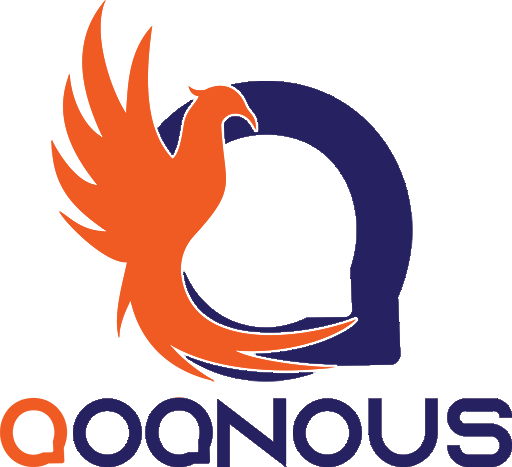Import is a small word, but it plays a significant role in the micro and macro economy of any country. In fact, import and export together form the main pillars of a country’s economy, but when it comes to international trade, the first parameter that concerns the mind of each of us is import and the steps to import goods. There are few people who acknowledge the positive impact of imports on the growth and circulation of the country’s economy. Therefore, we decided to take a closer look at the steps of importing goods and its positive role on the economy.
You can also play the audio file of the product import tutorial and enjoy it.
Importing goods is an important economic activity. Because by using it, we meet the needs of the society and it is profitable for the people of the society. It is not possible to meet domestic needs for some goods, such as medicine and medical equipment, raw materials needed by factories and industrial machines, except through imports. Therefore, if the government ignores imports, many productive and industrial sectors of the society will be paralyzed. Also, by banning and limiting imports, only smuggling of goods will increase and no problem will be solved.
The steps of importing goods are: receiving a business card, choosing the field of activity, obtaining the necessary permits from relevant organizations, communicating with the seller, receiving the proforma invoice and proforma, registering the order, providing the currency needed to buy the goods, transferring the currency to the seller, choosing The method of transportation is to obtain a suitable insurance policy, register a customs declaration and clear the goods from customs.
At the beginning of the work, it is necessary to have a complete familiarity with the topic of import, the rules and conditions of importing goods. Then we describe the steps of importing goods completely and comprehensively. So, stay with Qoqnous Trading in the rest of the article.
Definition of import
Head of content
The process by which a country buys goods or services that are produced or offered outside its geographical borders and transfers them into the country is called imports in English. In most cases, importers go for goods that are either not produced in the country, or if they are produced, they are not cost-effective, and importing those goods requires less time and cost and more profit. For example, the production of capital goods in developing countries is not economical at all, while the cost price of the same goods in developed countries is much lower. Therefore, capital goods can be considered one of the most important imported goods in developing countries.
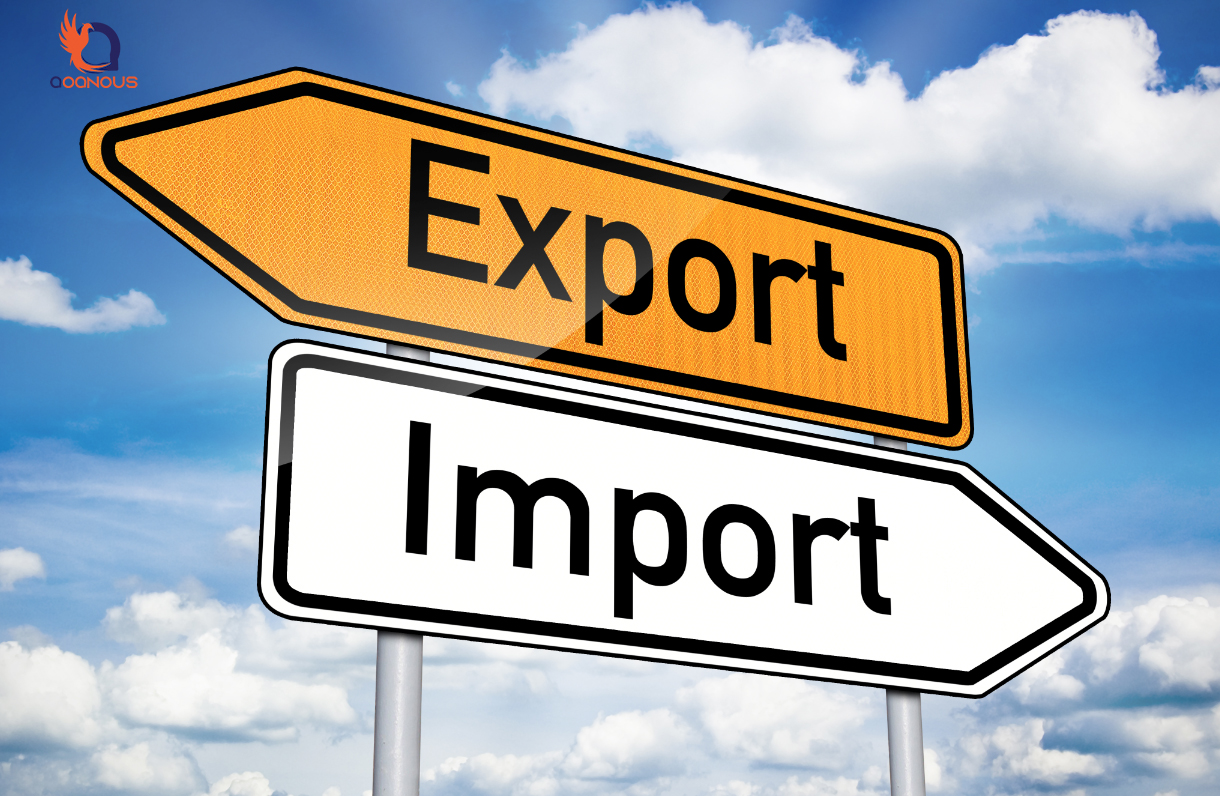

Based on the type of goods, imports can be divided into three different sections, which are:
- Import of capital goods
- Import of intermediate goods
- Import of consumer goods
What is a capital good?
Capital goods: Capital goods refer to goods that are unique and complex and their production is extremely capital intensive. Such goods, which are generally joint products of several companies, are used to produce other goods or provide a different service. Goods such as tools and machines, data centers, oil rigs, wind turbines, etc. are included in the category of capital goods.
What is an intermediate product?
Intermediate goods: refers to goods that have not completed the production process and are used as raw materials in the production of other goods. In other words, intermediate goods can also be called unfinished goods. This product can be a part of another product and can become another product as a result of going through processes and changes.
What is a consumer product?
Consumer goods: which is also called the final product, is a product that is produced with the aim of meeting the needs of the consumer and has gone through the entire production process. This product is not going to go through another process and will be supplied directly to meet the needs of the consumer.
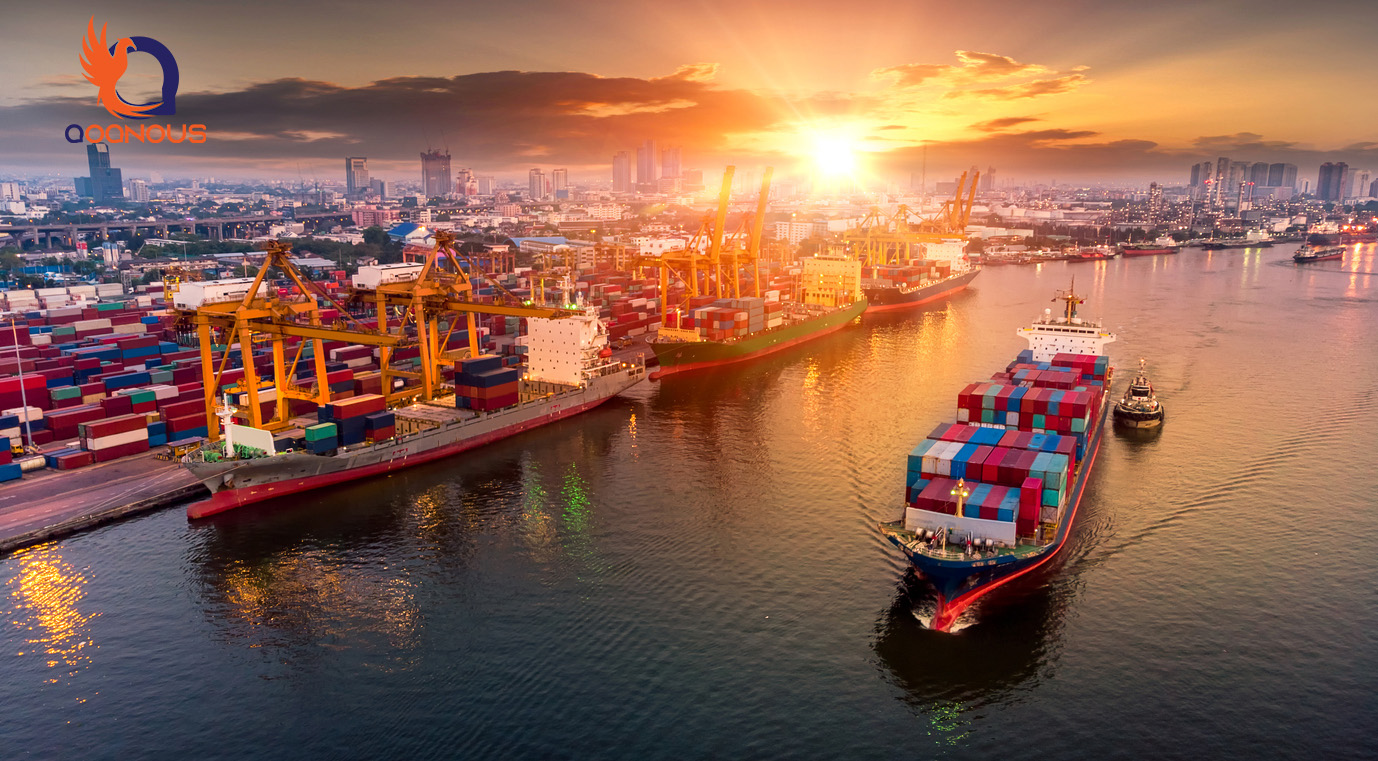

Import rules
Before we get to the topic of importing goods, we must first familiarize ourselves with the import rules and conditions. Since the import of goods is an important part of a country’s economy, for this purpose, governments formulate laws and regulations in the field of trade and commerce so that all stages of importing goods are carried out in accordance with international laws.
All traders and businessmen active both inside the country and abroad should be familiar with the terms and rules of importing goods in addition to being fully aware of the steps of importing goods and always update their information in this field. You can always be aware of the latest import laws and instructions and procedures for importing goods by following the Qoqnous trading website.
In the following, we have briefly and usefully mentioned the main laws, regulations and relevant sections.
Export and import regulation law:
This law, which was approved by the Islamic Council in 1372, contains 24 articles that examine the general principles and main laws of the business field.
Executive Regulations of the Law on Export and Import Regulations:
This regulation was approved one year after the above law in 1373 by the Council of Ministers of the Interior with 46 articles in the field of importing goods.
Law and regulations of customs affairs:
The customs laws and regulations that were approved by the Islamic Council in 2010 and contain clauses in the field of goods clearance and customs processes.
The book of export and import regulations:
The book of export and import regulations has been published by the Trade Development Organization, which is updated every year and includes rules and executive points in the field of importing goods into the country and import tariffs.
Executive directives:
Executive directives and directives contain the most detailed and important rules for importing goods, which you should follow the news published in this field continuously and daily to get fully familiar with them.
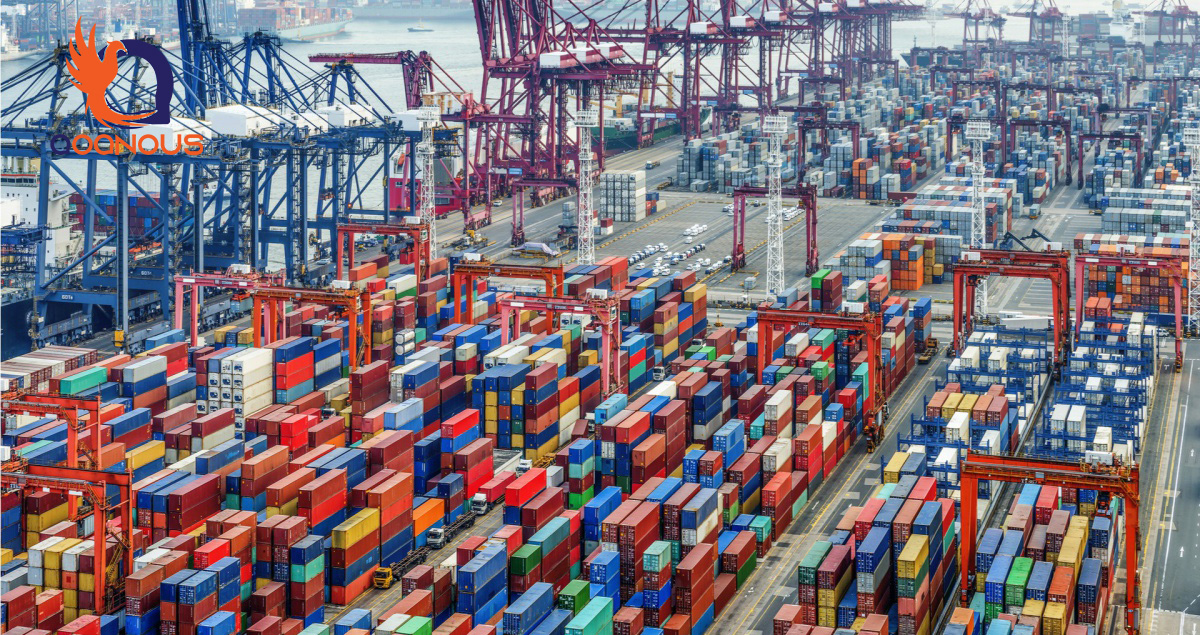

Classification of imported goods
According to the import and export law, imported goods are divided into three categories:
Allowed goods:
Goods that do not require any other licenses for import except for order registration, standard certificate and certificate of non-domestic production are included in this category.
Conditional goods:
Goods that need to be licensed by certain organizations for their import, for example: obtaining a license from the health organization for food, obtaining a license from the children’s intellectual cultural center for importing toys.
Prohibited goods:
Goods that are prohibited to be imported into the country for any reason, such as: goods that are produced inside the country, goods that are forbidden to use, such as: pork meat
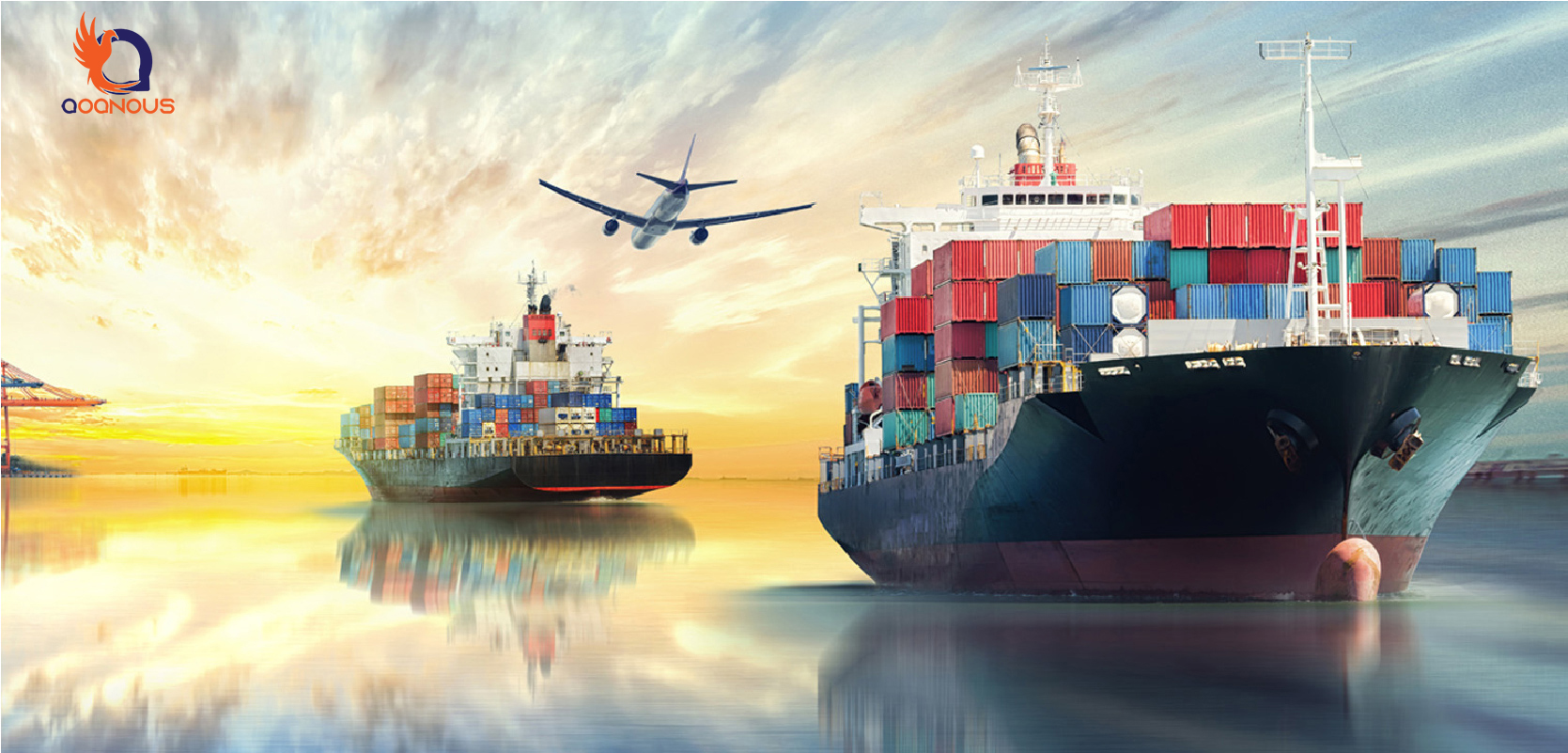

Procedures for importing goods
In general, the steps of importing goods include the two parts of importing goods and clearing goods, which we explain all the steps in detail below.
Receive a business card
Obtaining a business card is the first step in the process of importing goods, which is the most important principle for doing all business matters, including import and export. Commercial card is issued in two types, real and legal, which have different uses. To obtain it, you must go to one of the branches of the Iranian Chamber of Commerce and present the required documents for issuing the card.
Choosing the field of activity
Before starting the activity in the field of import, you must first choose the field of activity and the desired product based on the geographical conditions and the target market. You can leave the selection of import activities to Qoqnous business specialists.
Selection of goods supplier
The third step in the process of importing goods is choosing the right supplier, which has several ways in front of you. Choose sellers and suppliers of your goods by traveling to a foreign country and carefully checking. Another method is to search on the internet and find a suitable supplier, which is also very sensitive and there is a possibility of encountering problems. As you know, buying from international sites due to Iran’s embargo, ordering and receiving goods face problems. The best and least risky solution is to entrust the selection of your imported goods supplier to Qoqnous Trading, which has been able to provide special services to its customers with a 10-year experience in the field of importing goods.
Receive proforma
The fourth step of importing goods is receiving the proforma. Proforma is actually a proforma invoice and a document that is issued by a foreign seller after preliminary agreements at the request of the importer, which includes the complete specifications of the product and the manufacturer company, and is considered as a written document and contract between the parties, which is used to obtain a license. It should be provided from relevant organizations.
- The valid proforma to be submitted to relevant organizations and national customs should include the following items.
- Full details of seller and buyer, country of origin and destination
- Product specifications in terms of quantity, weight and dimensions, product unit price
- Transaction currency type, and payment method
- Type of goods transportation
- The number and date of issuance of the proforma and its validity date
Obtaining permission and placing an order
The fifth step is to register an order and receive a license from the Mining and Trade Organization, which is considered one of the most important stages of importing goods. At this stage, you should refer to the order registration system of the Ministry of Security and register your request to import the desired goods and provide the necessary documents. Please note that the import of some goods is prohibited. They check and then confirm the purity of your desired product according to the import rules and regulations. If your imported goods are not authorized, you will not be able to import them.
In order to receive a license and place an order, you must have all the following information.
1- Proforma number and date
2- Product name and specifications
3- Tariff and value of goods
4- Weight and number of goods
5- The country producing the goods
6- Brand and product model
Allocation of required currency and international payment
Allocating the required currency is the next step in the process of importing goods, for which importers must prepare currency. The procurement of currency for the import of goods is usually paid by the government and according to the category of the goods, government currency, nominal currency, free currency, currency from export or currency from the place of export are allocated.
The choice of the currency payment method should also be based on the agreement of the parties, which has different methods, and according to the conditions of the embargo, foreign sellers and suppliers usually demand full payment before shipping the goods.
The different payment methods are:
Currency remittance
Payment by bank checks
Collection of documents
Credits
Choosing the method of transportation and product insurance
Goods transportation has different methods according to the origin and the country of manufacture, which is chosen by the agreement of the parties, one of the ways of air transportation, sea transportation, land transportation and rail transportation. The selection of the method of transporting goods is done using the international rules of Incoterms.
Get an insurance policy
If there is a problem with the insurance policy of the imported goods, he will bear the damage up to the insurance coverage. In the process of importing goods, do not neglect the stage of receiving the insurance policy and choose the insurance limit wisely.
Registration of customs declaration
Before clearing the goods, you must first obtain a customs declaration. In the declaration, items such as the type of goods, quantity and volume of the goods, and the value of the goods are included.
goods release from Customs
Clearance of goods is the last stage of importing goods, which requires documents such as customs declaration, bill of lading, insurance policy, inspection certificate, proforma, commercial card and entry permits. In order to save time, we advise you to leave zero to one hundred stages of importing goods to Qoqnous Trading.


Types of import goods
The import of goods is divided into different types based on the available parameters, which we will define below.
1- Definitive import of goods:
In this type of import, imported goods are brought into the country for the purpose of selling or using them to produce other goods.
2- Temporary import of goods:
Temporary import of goods means that the goods are brought into the country for a specific purpose and for a certain period of time, and after the deadline, they return it abroad. For example, temporary import of goods to hold an international exhibition or import of raw materials to produce a product and then export the produced product. Due to the fact that the import duty is zero or very small, temporary import can be a suitable alternative to permanent import in certain circumstances.
3- Internal transit of goods:
The process in which goods imported to one customs point are transferred to another customs point for formalities is called internal transit.
4- Foreign transit of goods:
Foreign transit includes all the customs procedures that are carried out for the passage of a foreign cargo from the customs bases and geographical territory of a country to reach a third country.
5- Returned product:
Sometimes, imported goods may not be allowed to enter the country for various reasons, such as being unsanitary and unusable, not having a standard or entry permit, and may be returned to the sending country, such goods are called returns.
Systems related to the import of goods
Submission of documents and registration of all import procedures are done on the sites mentioned below.
Comprehensive trading system
Comprehensive system of customs affairs EPL
Validation and rating system
Product ID system
Nima system
TSC system
Costs of importing goods
The total cost of importing goods is calculated based on the type of goods, the quantity and volume of the goods, the country of manufacture of the goods, the method of transporting the goods, product insurance, customs duties and taxes, import taxes, warehouse costs. If you entrust the import process to Qoqnous Trading, we will reduce the cost of importing goods for you as much as possible.
Important points in the process of importing goods
In the following steps of importing goods, we will mention some brief points about how to import goods.
Some goods need a standard license for import.
Before shipping the cargo, according to the agreement, you must pay in advance or pay the total cost of the products.
After loading the product, you must receive the proforma and the original invoice from the seller because you need it to register the order and the time of clearance.
In order to speed up the process of importing goods and save money, leave the entire process of importing goods safely to Qoqnous Trading.
Factors affecting the amount and type of imports
As mentioned earlier, the production of various goods in different countries depends on many factors such as weather conditions, improper distribution of natural resources, the rate of scientific and industrial growth, the rate of benefit from new technologies, specialized workforce and even the country’s diplomatic relations with Other countries depend. As a result, all the mentioned items indirectly affect the amount and type of imported goods.
Many economic activists agree on the point that “the lower the amount of imports of a country, the more successful the economy is”, but we will find this claim only by taking a quick look at the list of countries with the highest amount of imports in 2021. It is not so true.
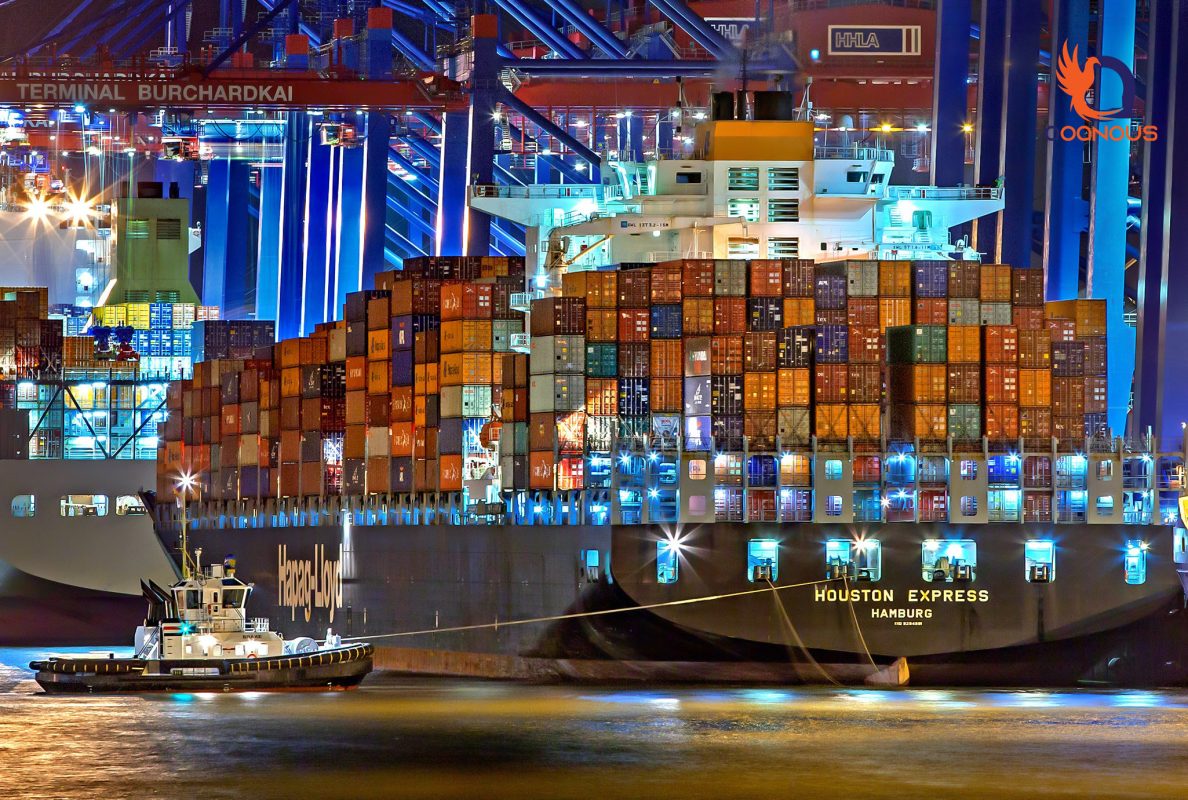

Countries with the highest import rate in 2021
According to the statistics presented in 2021, the United States of America is at the top of the list of importers in the world with 2.5 trillion dollars of imports, followed by China with 2 trillion dollars. But the next places after these two economic giants belong to the countries of Germany, Japan, Great Britain, Netherlands, France, India and South Korea respectively, all of which are among the countries with the highest economic growth. The presented statistics prove that if the imported goods are selected correctly and purposefully and the steps of importing the goods are followed in a correct and principled way, what will bring us is a hundred percent profit and economic growth of the country.
How can we become an importer?
Now that we have learned so much about the benefits of importing, you may have many questions in your mind, how can you become a successful importer?
Is it possible to import for any natural or legal person?
How to find the product you need?
Is it possible to access the price list of imported goods?
What goods cannot be imported?
To find answers to these questions, we need to find answers to two more general questions:
The first question, what are the rules governing import?
Second question, what steps do we have to go through to import?
Examining the laws governing importation is a specialized matter with many details, which we will describe in detail in a separate article in order to avoid confusion.
Questions and answers about the steps of importing goods
What are the procedures for importing goods?
The first step to carry out any commercial affairs, be it import or export, is to get a commercial card, but before that, you should choose your field of activity by checking the market, conducting detailed studies, and also receiving advice from experts. Then, whether you are a natural person or a legal person, visit one of the branches of the Iranian Chamber of Commerce in Tehran or any of the cities and register your request for a business card by presenting the required documents.
Market research to find a supplier of the desired product abroad
Obtaining necessary permits from relevant organizations
Communicating with the seller, receiving the invoice, placing the order
Supplying currency needed to buy goods
Currency transfer to the seller
Choosing the transportation method and getting the right insurance policy
Registration of customs declaration
goods release from Customs
What is the business activity of Qoqnous in the field of importing goods?
Qoqnous Trading Company, having years of experience in all fields of international trade and benefiting from a professional and powerful team inside and outside the country, in addition to providing free advice; Zero to one hundred undertakes the process of supplying the goods and the steps of importing the goods, but the work does not end there, Phoenix by doing all the steps of clearing the goods from customs, transporting and delivering them to the desired location, the pleasure of profitable investment and will guarantee you safe. To receive advice and find answers to your questions in all commercial fields, contact our experts now.
last word
In this article, we reviewed the rules, methods and procedures of importing goods. As you read; Importing goods has difficult and complicated steps that must be done with high precision and requires high experience. If you want to import goods for the first time, we recommend that you entrust the process to Qoqnous Trading, because the smallest mistake in registering the order of goods or registering the customs declaration will cause huge losses and it is even possible You will be arrested. Merchants and businessmen with experience can entrust us with the steps of importing goods and deal with the rest of their business with ease. Qoqnous Trading has more than 10 years of brilliant history in the field of importing goods and can guarantee your profitability by using its experience and knowledge. To get more information, contact Qoqnous specialists.
